A lens (or four) on India – Part 1
I’ve always felt a very strong connection to India ever since my first visit there in 2008. India gets under your skin and even though traveling in India can sometimes be challenging, you feel its siren song when you return home and the desire to re-visit grows stronger with each passing day. So much so that two years ago, I began running photography tours to India, as I wanted to share what I found beguiling about India both experientially and photographically with other photographers. This year, we ran the “Lens on India” tour in February and it was everything that we thought it would be and more!
 
DELHI DAYS
Most visits to India begins in New Delhi, its capital. And while Delhi is a massive, bustling, busy city, within it are some of the most amazing places to visit and photograph — both for their visual grandeur and their potential for creating intimate and unique travel and photographic experiences.
Our days in Delhi were all about diversity – we visited the chaotic heart of Old Delhi, what was once known as Shahjahanabad, where nothing stops and everything seems to be energetically chaotic; but if you slow down and start looking, you’ll find amazing moments of street photography to capture.
 
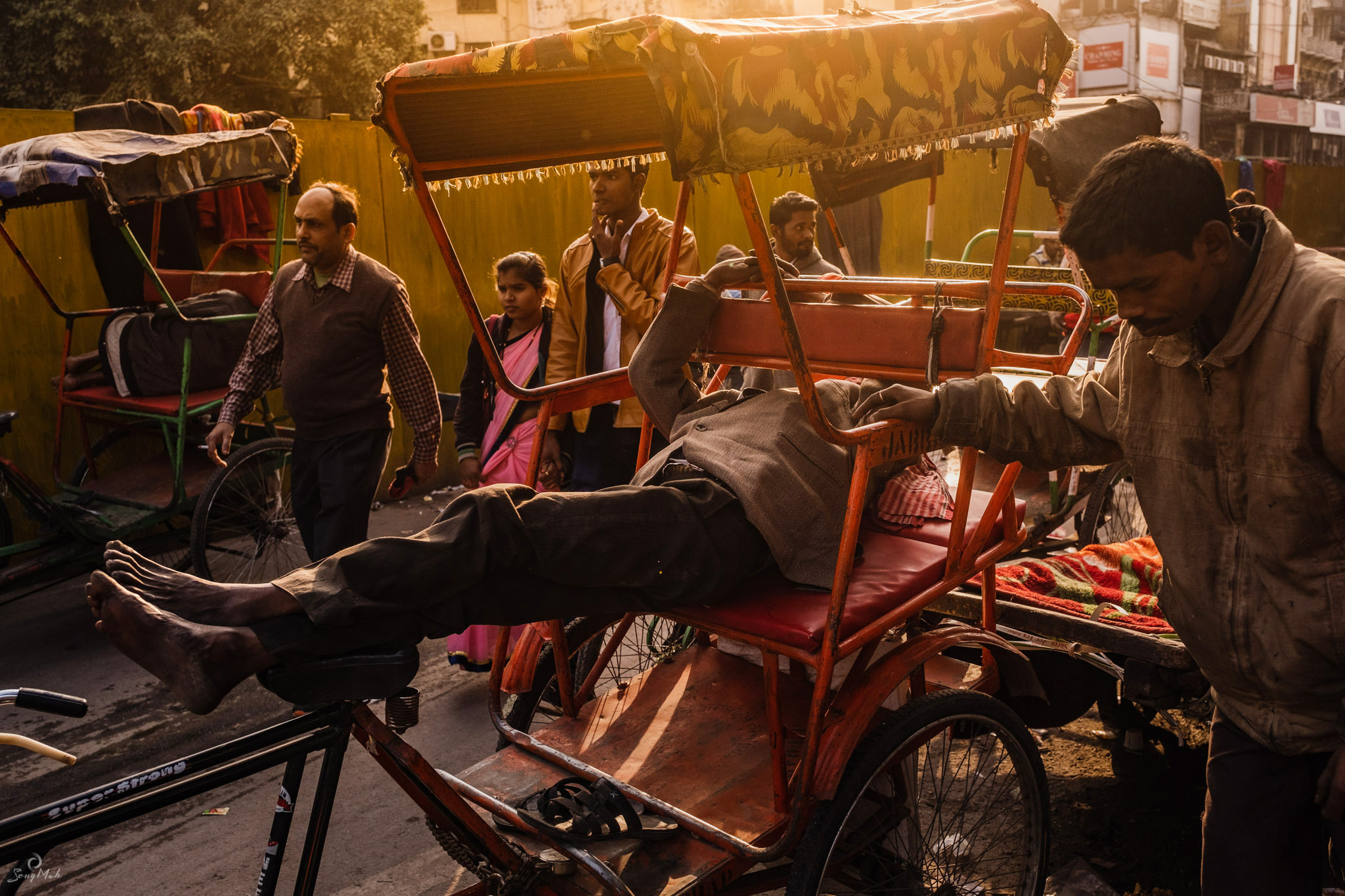

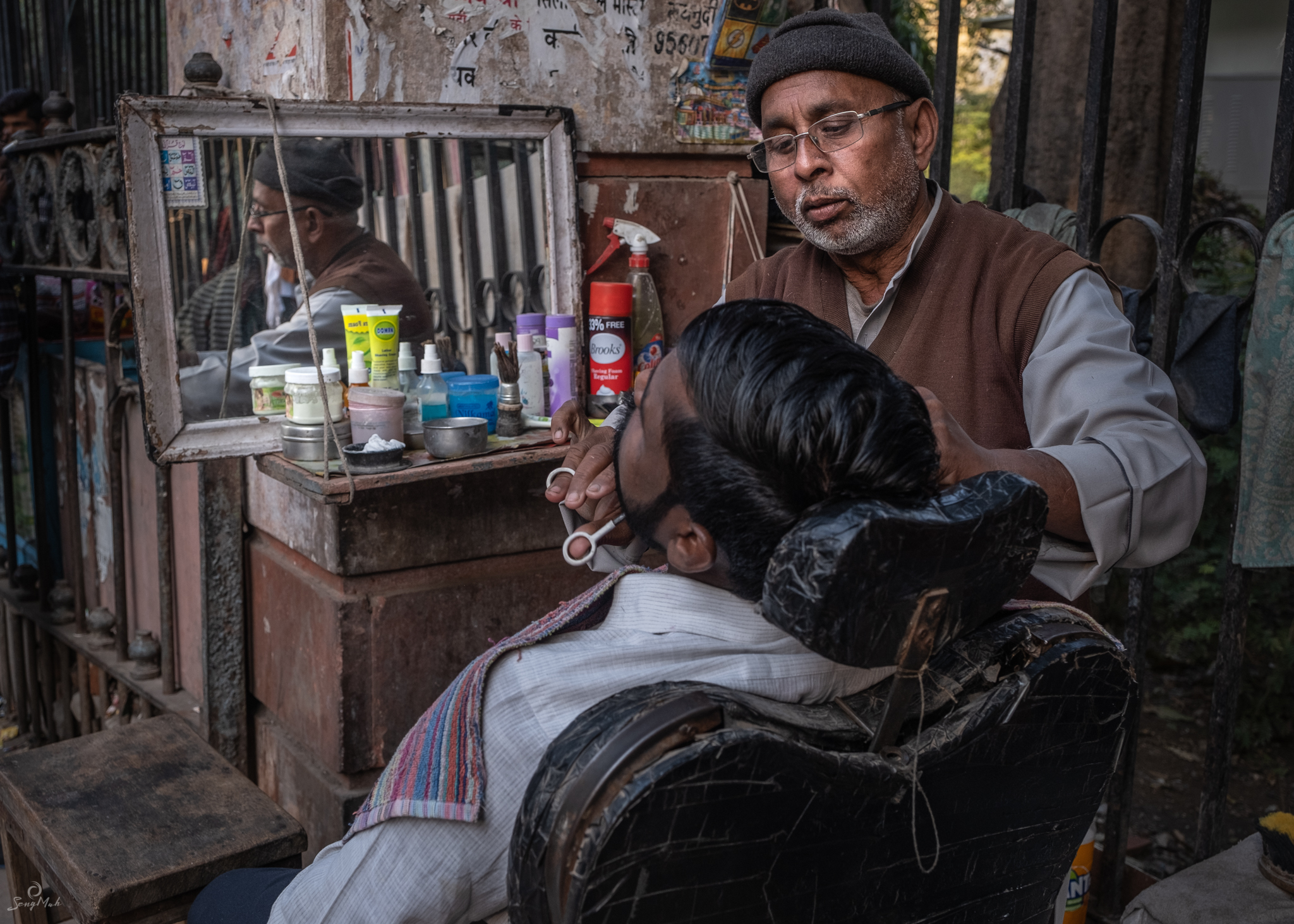
Central to Old Delhi is Jama Masjid, one of the largest mosques in India, which dates back to the 17th century. It’s a beautiful location, surrounded by walls and minarets and an elegant mosque which exemplifies all that’s superb about Mughal architecture. But more than that, it is a place of peace and worship and there’s a splendid tranquility that permeates the place. Between prayer times, you can visit the mosque and see devoted Muslims in prayer or conversation, or a small group attending a class run by a Mullah.
 
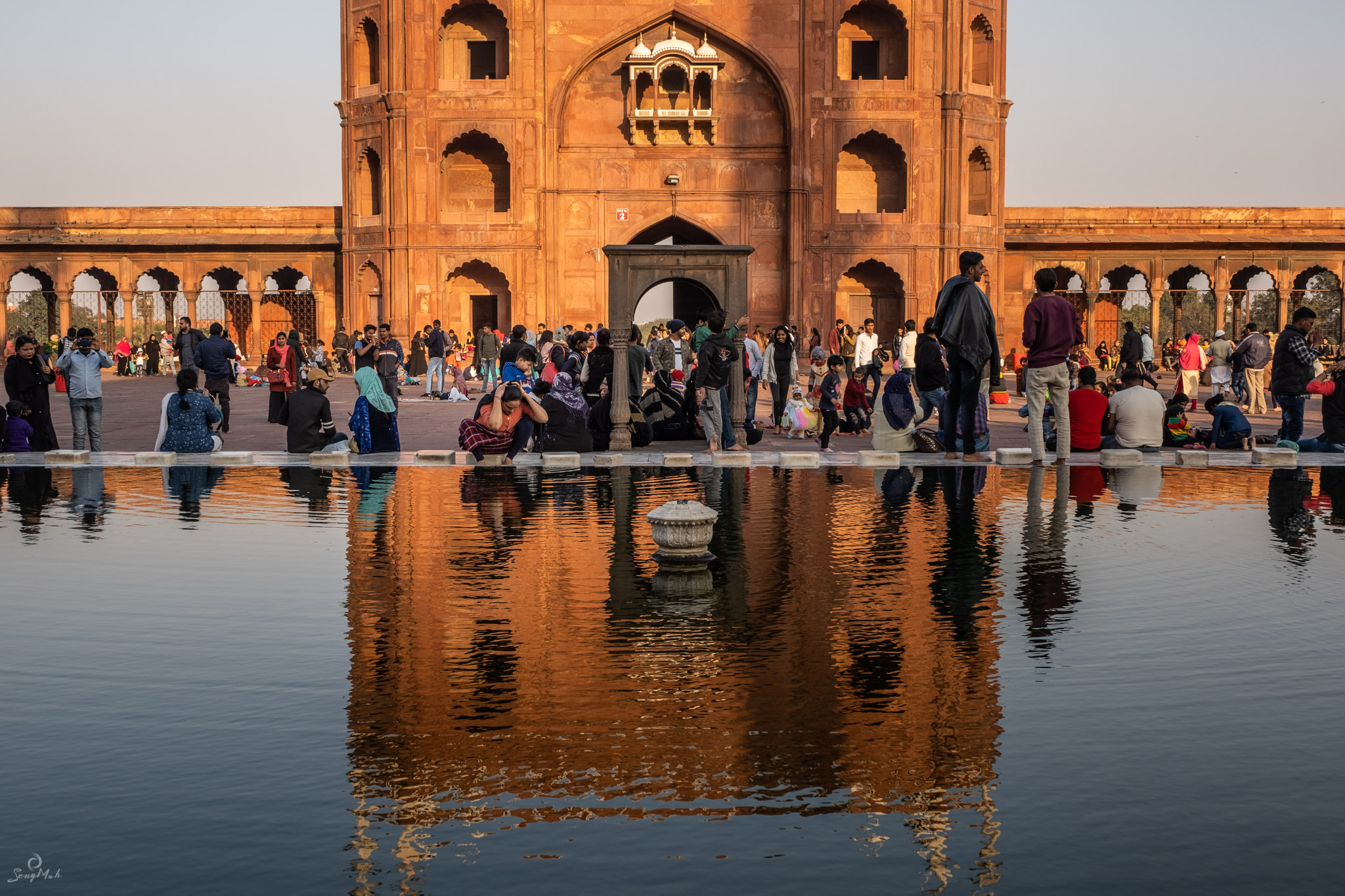
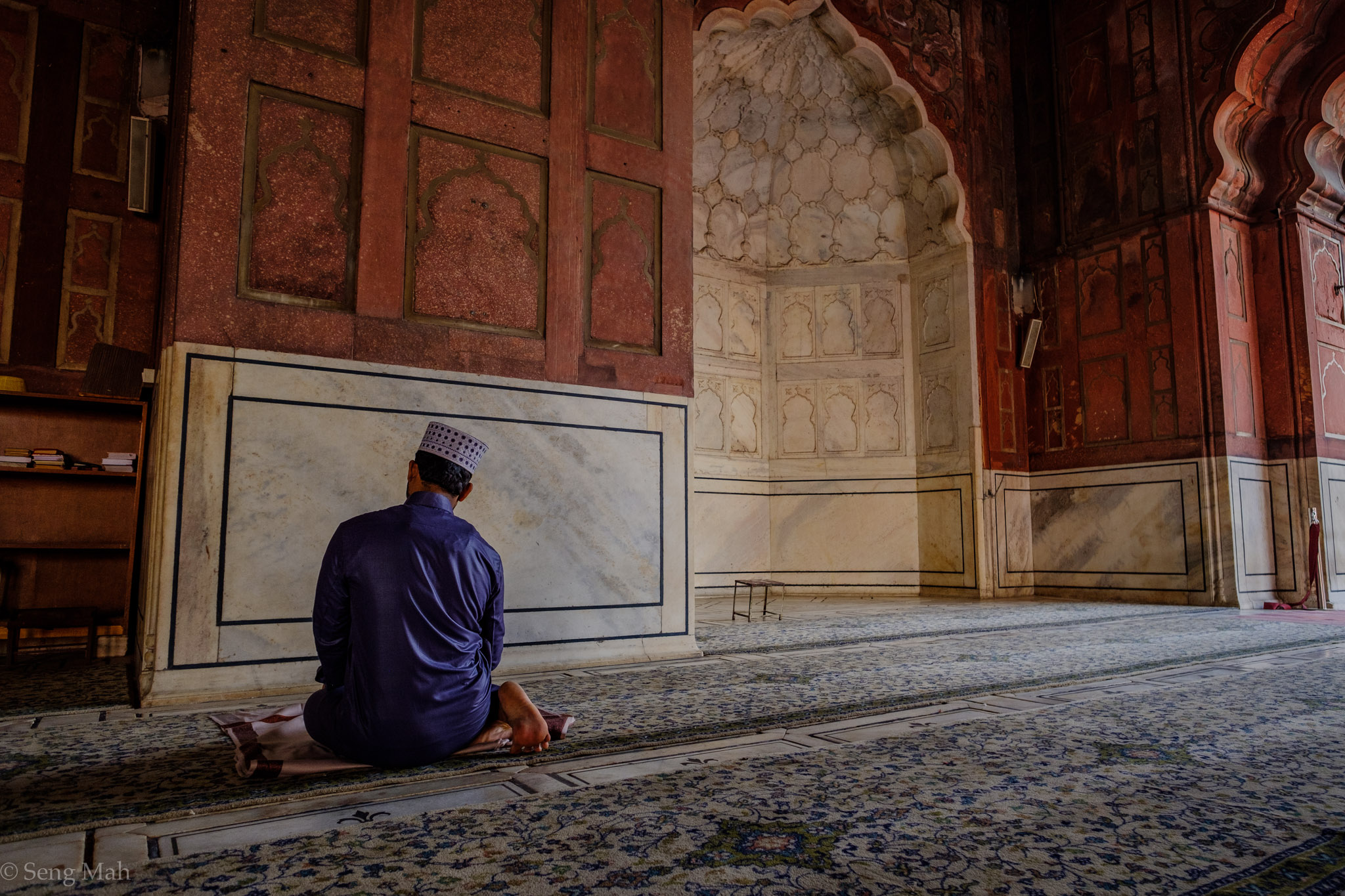
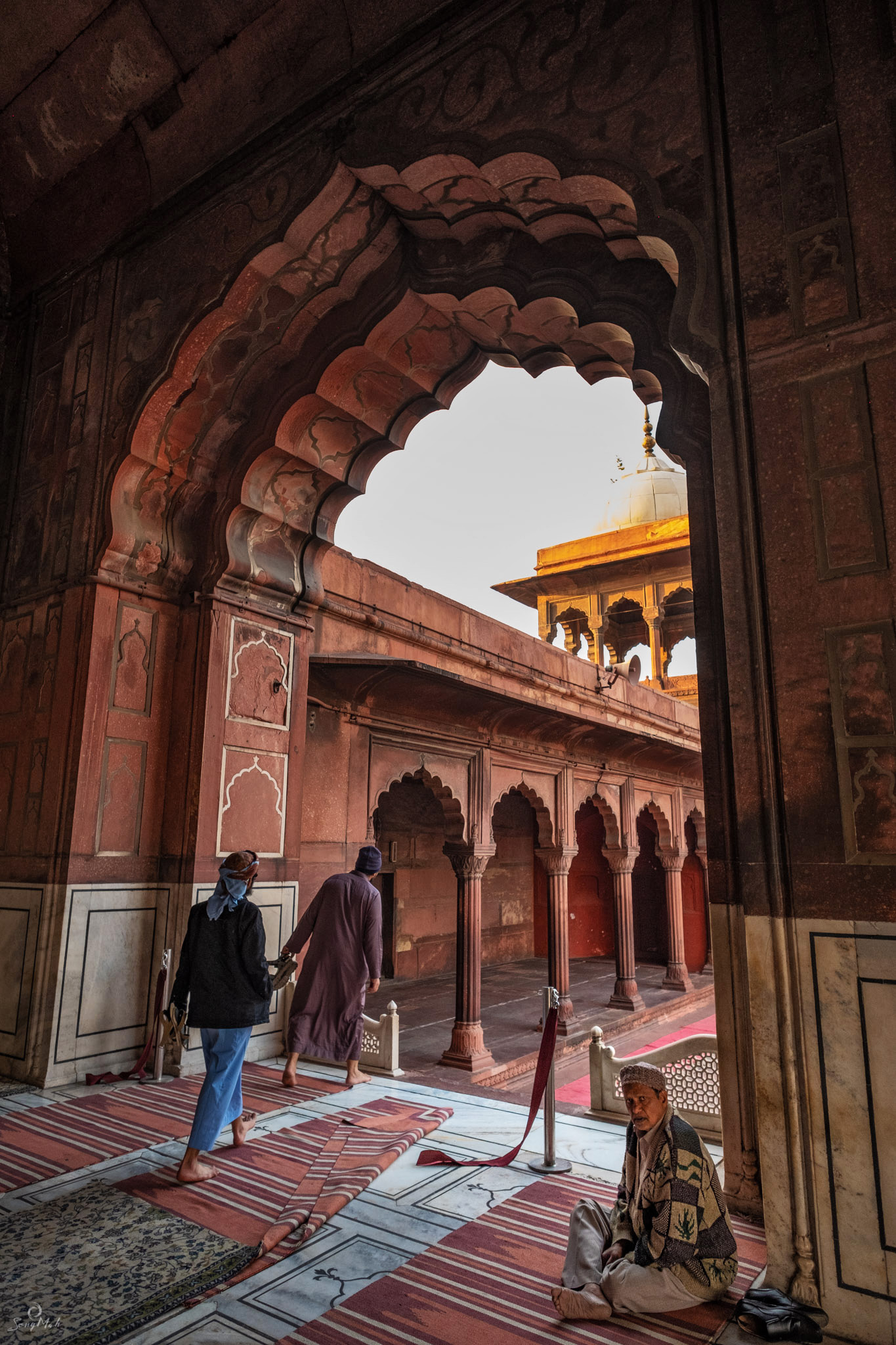
We also visited an akhara, a wrestling hall, in Delhi — this is one of the oldest akharas in India and has produced some of the nation’s top wrestlers. Traditional Indian wrestling takes place on soil and earth, in a space known as the kushti. The kushti is sacred and wrestlers (called pehalwans) live incredibly ascetic lives — they must be vegetarian and abstain from sex and other pleasures of the flesh. They train rigorously and a traditional wrestling match is a sight to behold! We were lucky to have Nasir, an International champion, with us on the morning of the visit and he put up a fantastic fight on the kushti for our cameras.
 
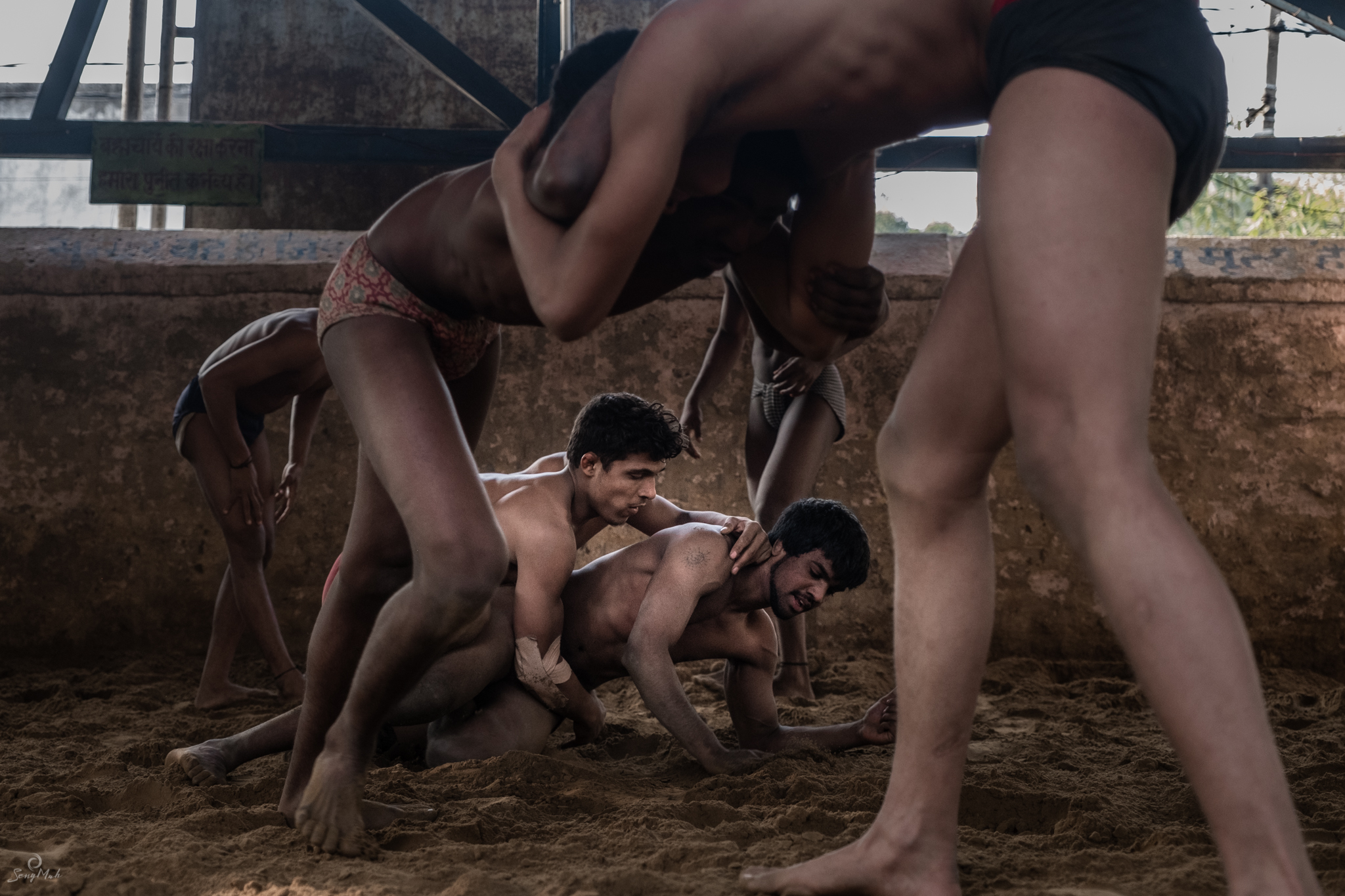

A visit to Delhi isn’t complete unless you visit Humayun’s Tomb at sunrise. There’s hardly a soul here this early and you feel as if you have the place to yourself. A low fog or haze obscures the light of the rising sun and gives everything an ethereal or otherworldly patina. The tomb itself is a magnificent example of Mughal architecture — perfectly symmetrical and featuring intricate stonework. The morning light striking the structure and parts of it makes for fantastic photography. But watch out for the raptors that roost in the trees in the grounds of the tomb — they might mistake your head of hair for a fluffy bunny — one kept swooping at me as I crossed the lawn.
 
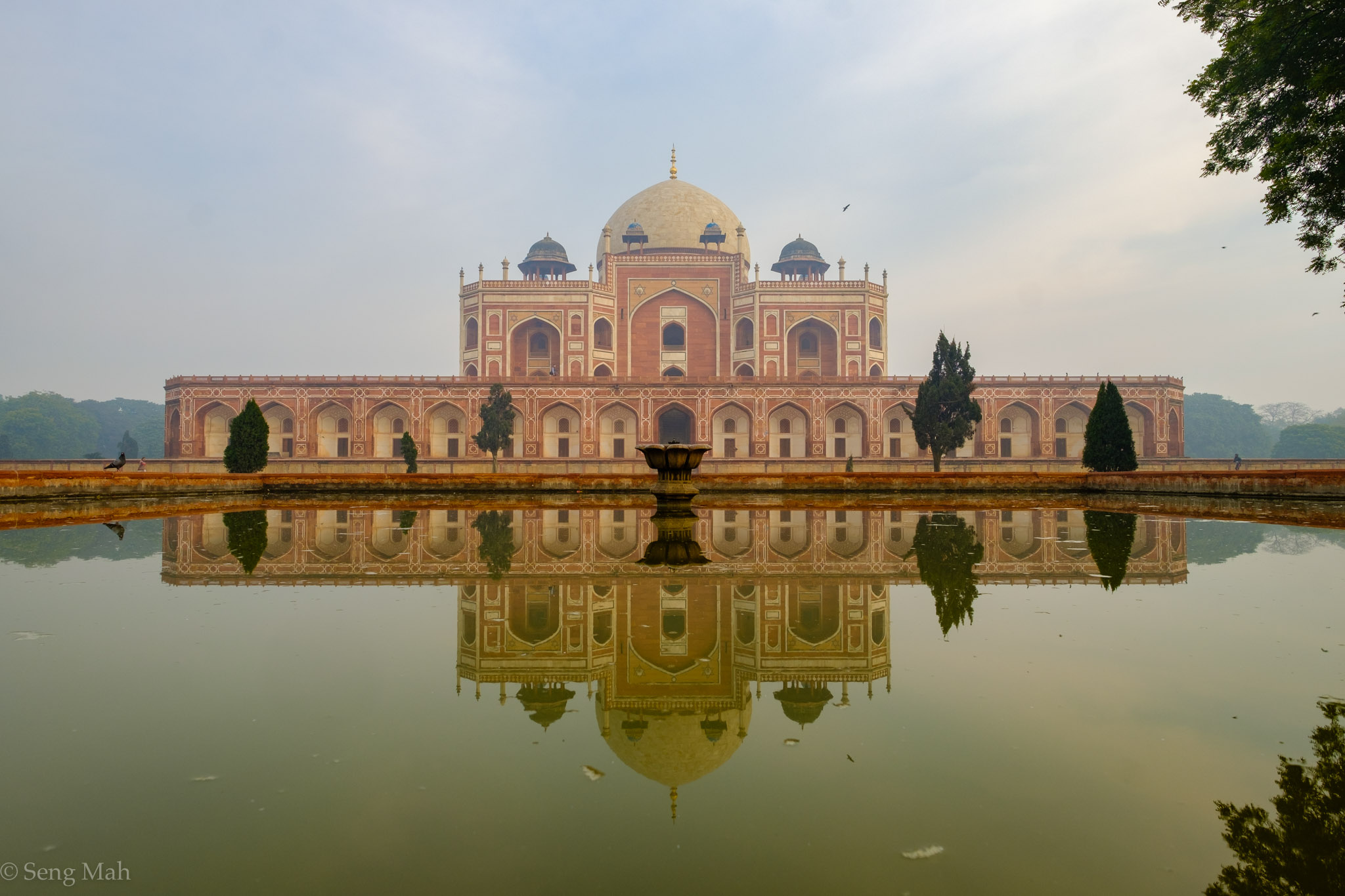

On this tour, we also visited Hazrat Nizamuddin Auliyah Dargah, the shrine and tomb of the beloved Sufi saint. It’s a place of worship for many Muslims in Delhi. To arrive at the dargah requires a short walk through an amazingly intricate and bustling street filled with food stalls, vendors, porters, labourers and rickshaw wallahs. It’s a great opportunity to meet locals and get to know them, and take a frame or two of street life. The shrine itself is beautiful, with compact grounds that are packed with the devoted. It can feel a little claustrophobic there but it’s a fantastic place for people photography with a photojournalist’s eye.
 
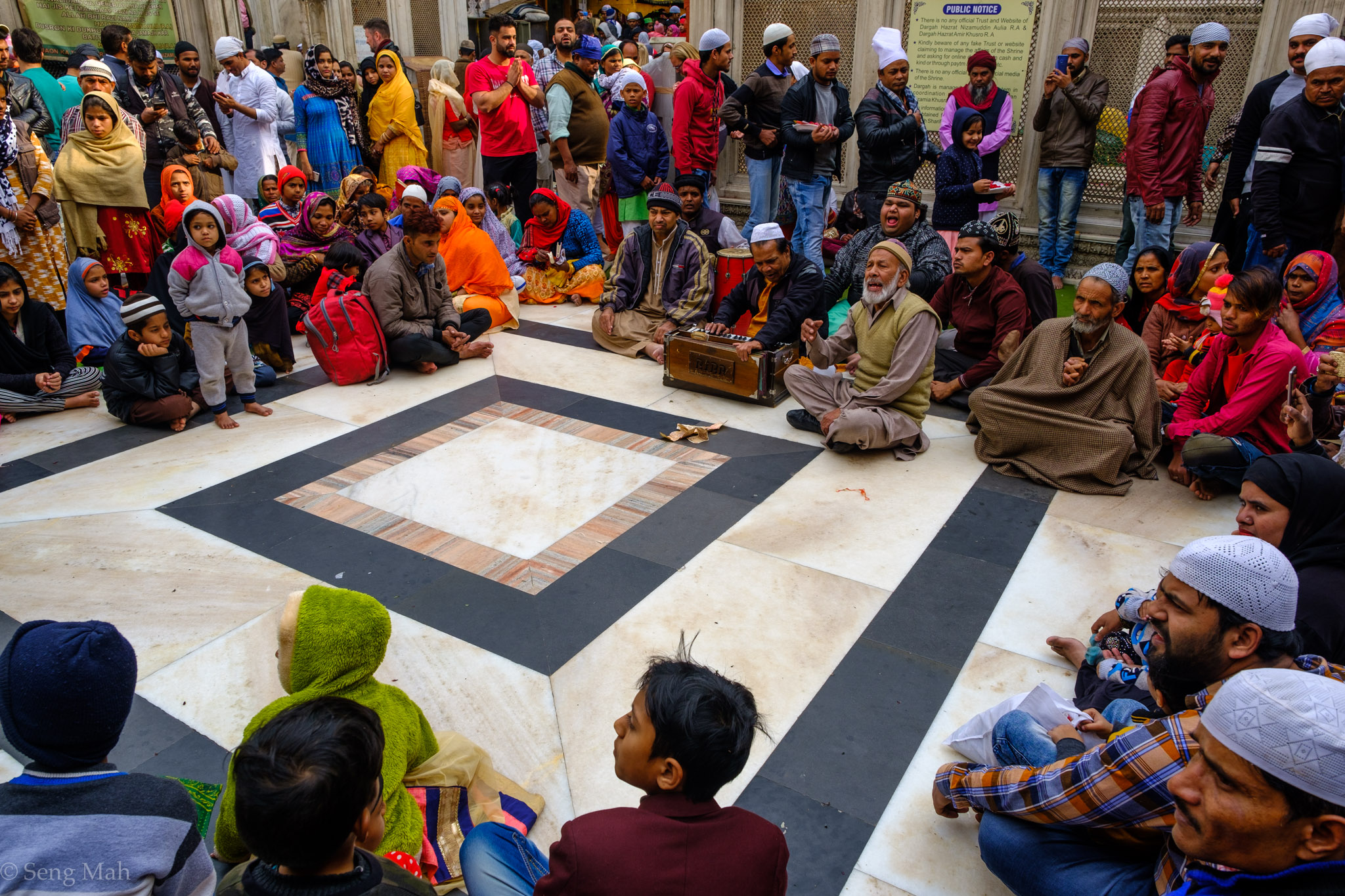

We managed to squeeze in a sunrise shoot at Yamuna Ghat, along the Yamuna River. Here, you can board a boat to row out into the river and feed the gulls. Local vendors sell bird food — feeding the gulls is considered an act of good karma. Yamuna Ghat is very peaceful in the morning, with local people praying by the river, washing their clothes or just enjoying a hot cup of chai. It’s a great way to meet people, share a chai and explore portrait photography.
 

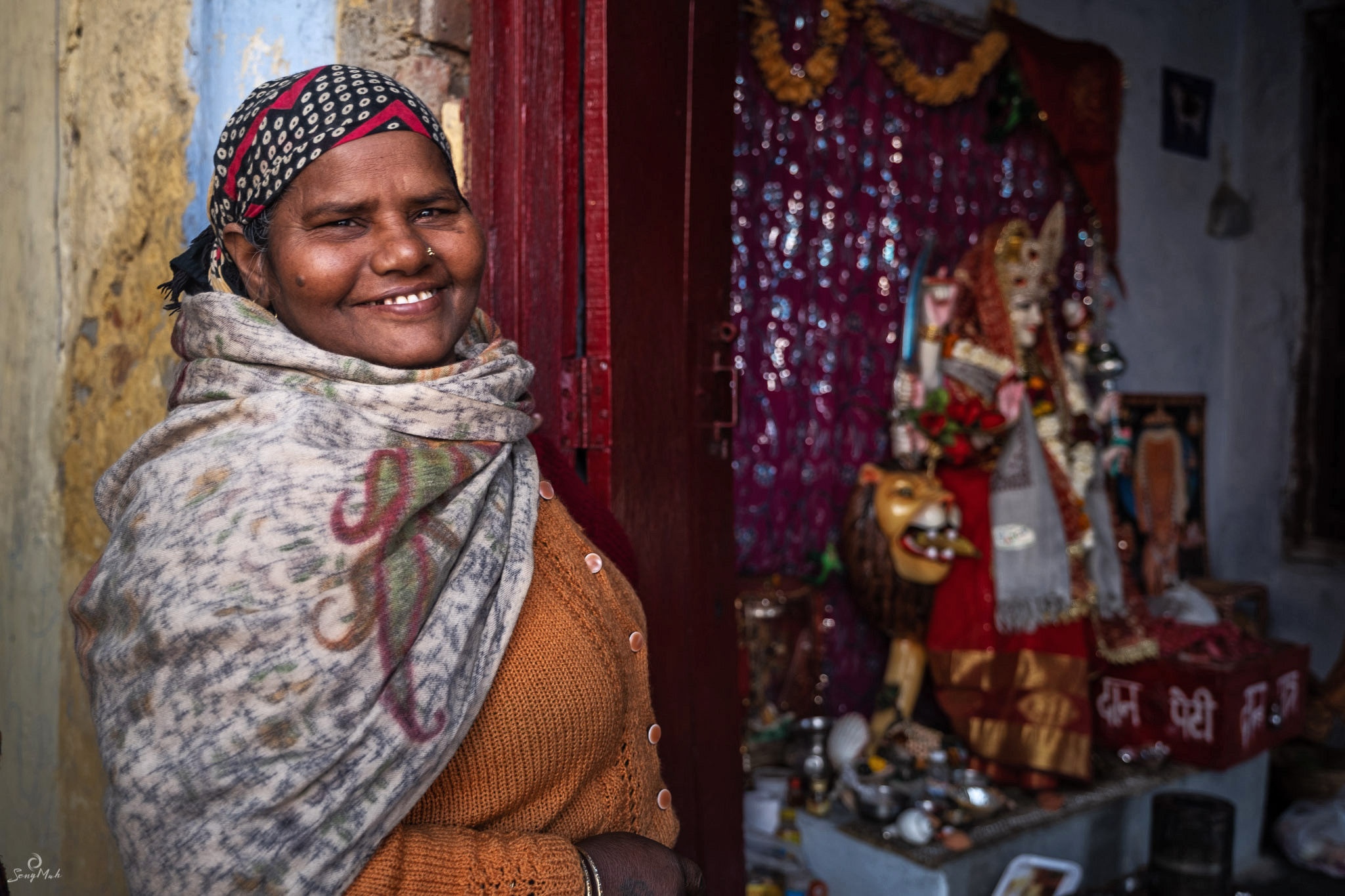
A little further from Yamuna Ghat is Nigambodh Ghat — a cremation ghat where the bodies of the deceased are cremated and the ashes delivered into the river. Here, we found some ghat workers panning the river for gold and silver remnants or the remains of jewellery that might have been deposited in the river bed. Visiting a cremation ghat can be a bit of an eye opener for Western tourists, but it does hammer in the point that in India, death is not taboo and is very much an accepted part of life. After all, for the Hindus, death is simply a process within the great cycle of rebirth.
 

VARANASI VIBES
After Delhi, we flew to Varanasi and were transported to our riverside guest house. Getting there from the airport required a bus trip, followed by a trip on auto tuk tuks and finally a walk on foot. Many tours (including other photography tours) tend to billet their guests outside Varanasi, in one of the many posh luxury hotels about 45 minutes out of town. But I wanted us to be close to the action — to the Ganges river, to the ghats and the winding laneways, so we chose to reside in the old city, in a guest house overlooking the river.
 
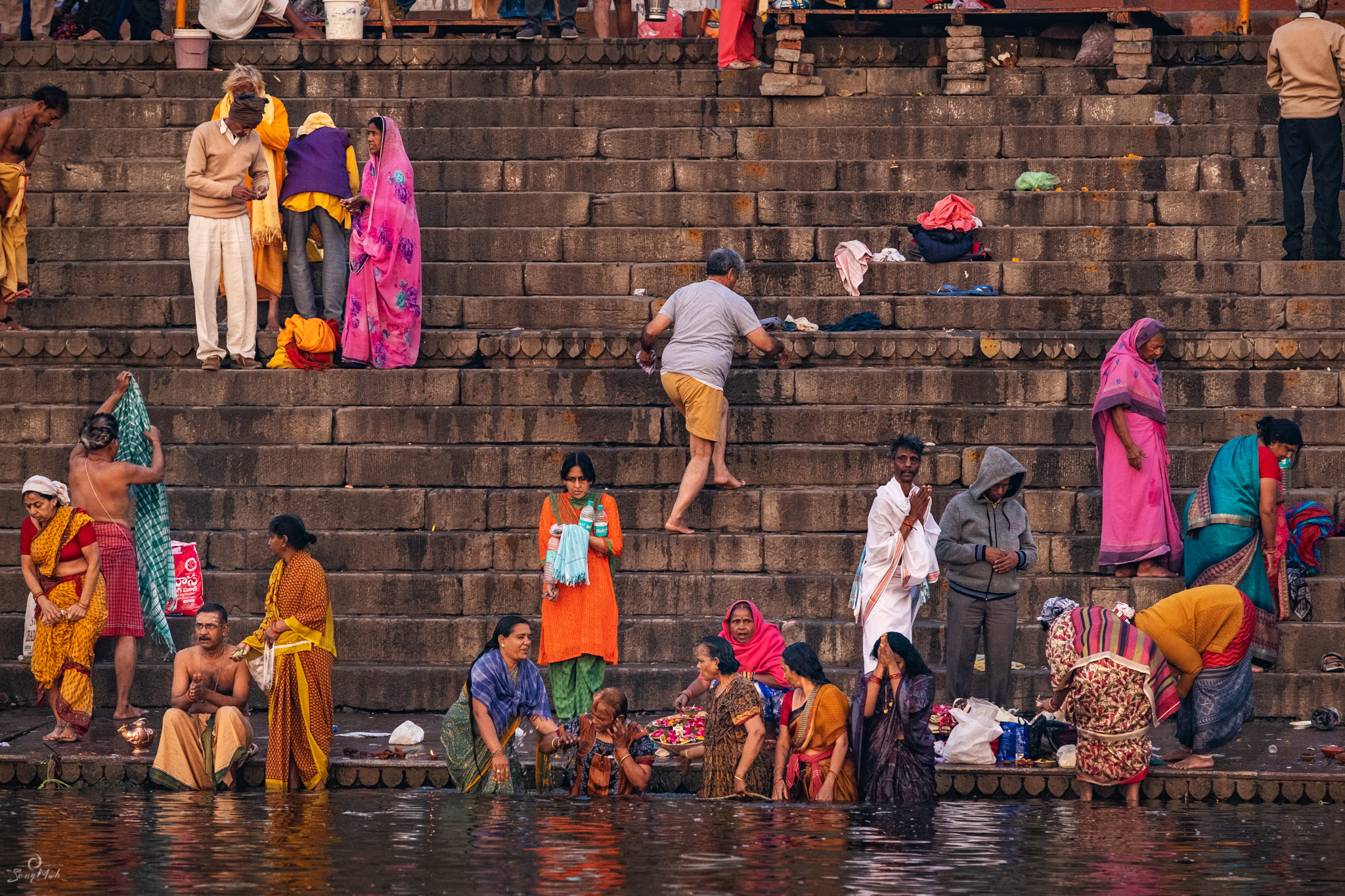

Varanasi is one of the oldest living cities in the world, and it’s a city sacred to Lord Shiva, one of the triumvirate of Hindu deities that are themselves avatars of the One God. While Shiva is often known as Lord Shiva the Destroyer, the Hindu understanding of his aspect is that he represents the forces of destruction that allow rebirth and renewal. In many respects, Varanasi takes on this aspect — it’s a rabbit warren of humanity in all its facets and can seem confronting, confusing but also enervating at the same time.
Most activity in Varanasi centres along the banks of the Ganges River, and that’s where we spent most of our time, walking the ghats (the steps that lead down to the river) and interacting with people we meet there. There is so much to see on the ghats but a traveller is rewarded if they slowed down and spent time getting to meet people there, chatting with them and creating connections.
 
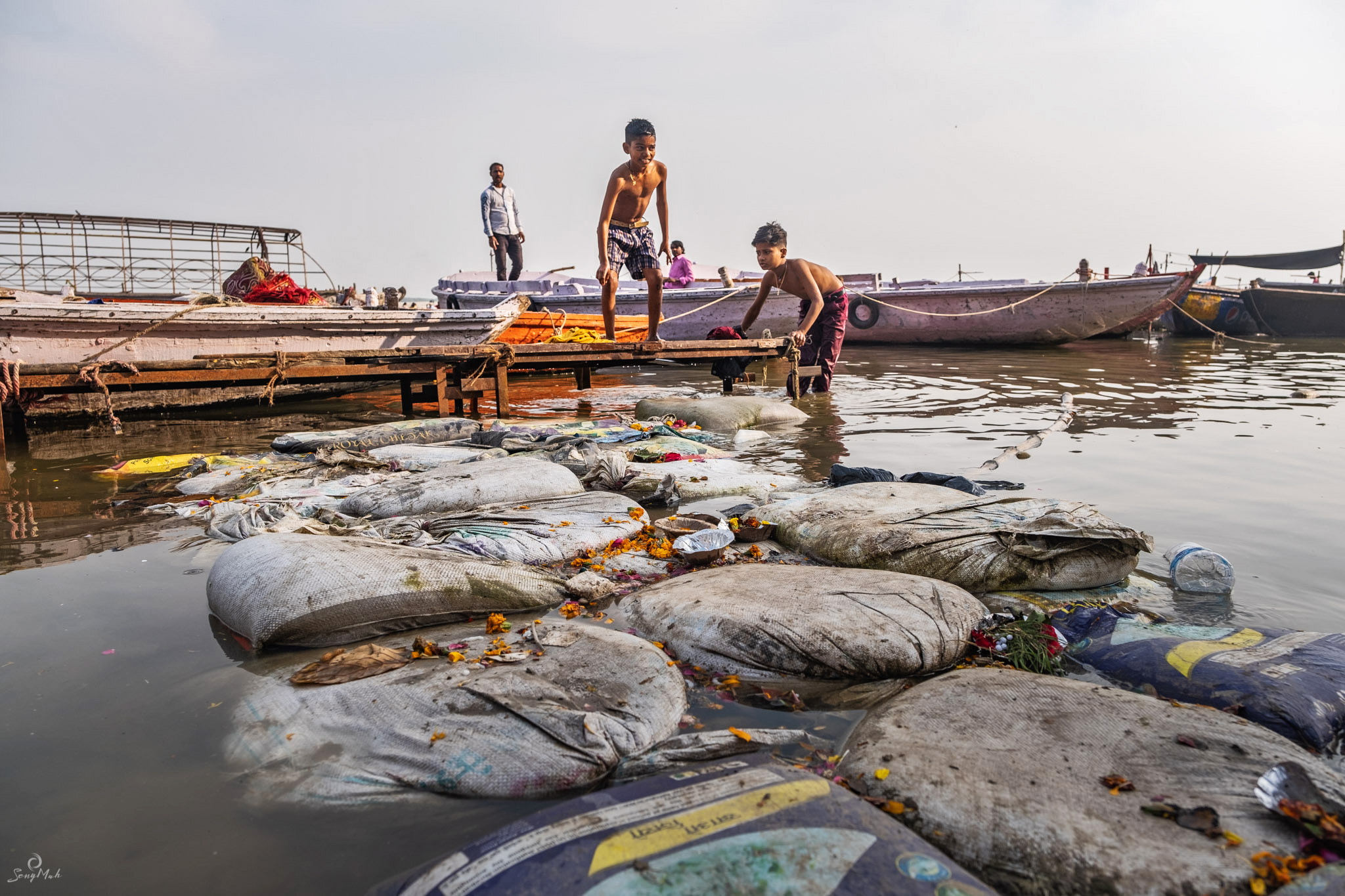

We met a boat load of pilgrims from Rajasthan who were just as excited about meeting us foreigners as we were attracted to their bright sarees and smiling faces! We met holy men (sadhus) bathing at the ghats, local lads congregating in groups, water buffalo herders, pilgrims from South India and more.
 
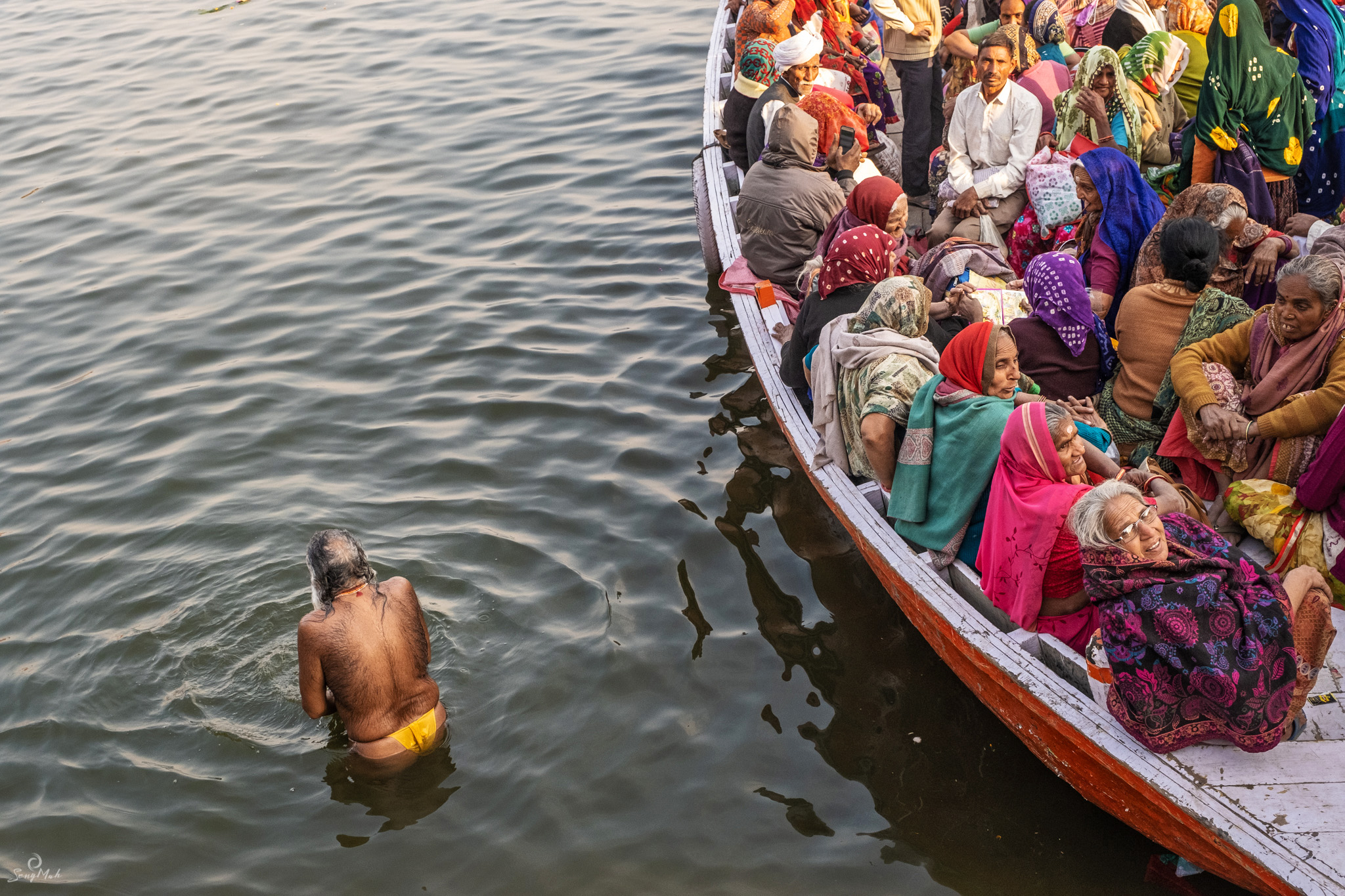

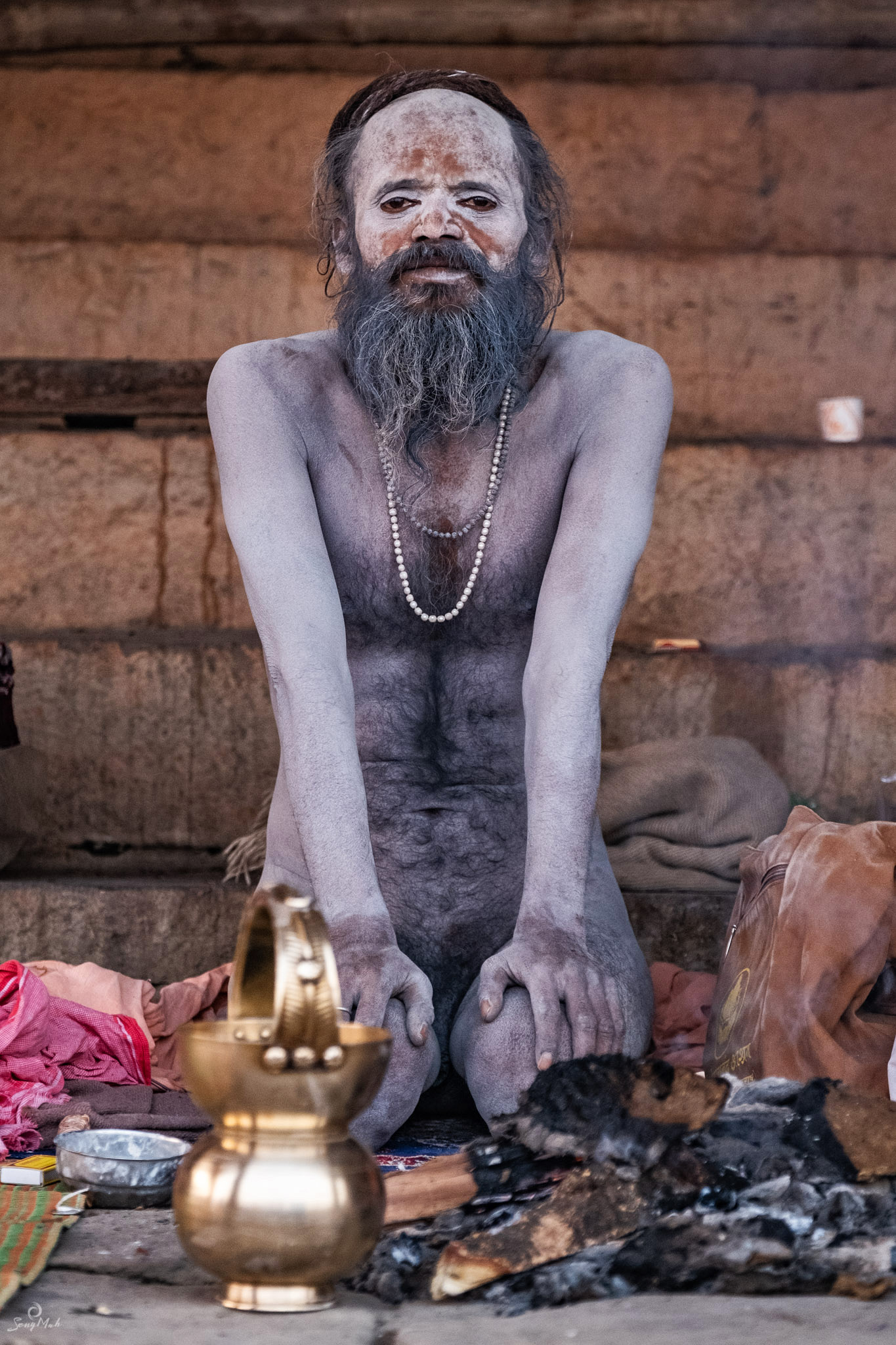
We also spent time exploring the meandering lanes and alleys of Varanasi, again stopping for a chai, having a chat and photographing life in the narrow and cobbled streets. People are always friendly and curious — away from the more touristy hotspots in Varanasi, people were very interested in us and we could use their curiosity to develop stimulating experiences with them, many of which culminated with great photography.
 
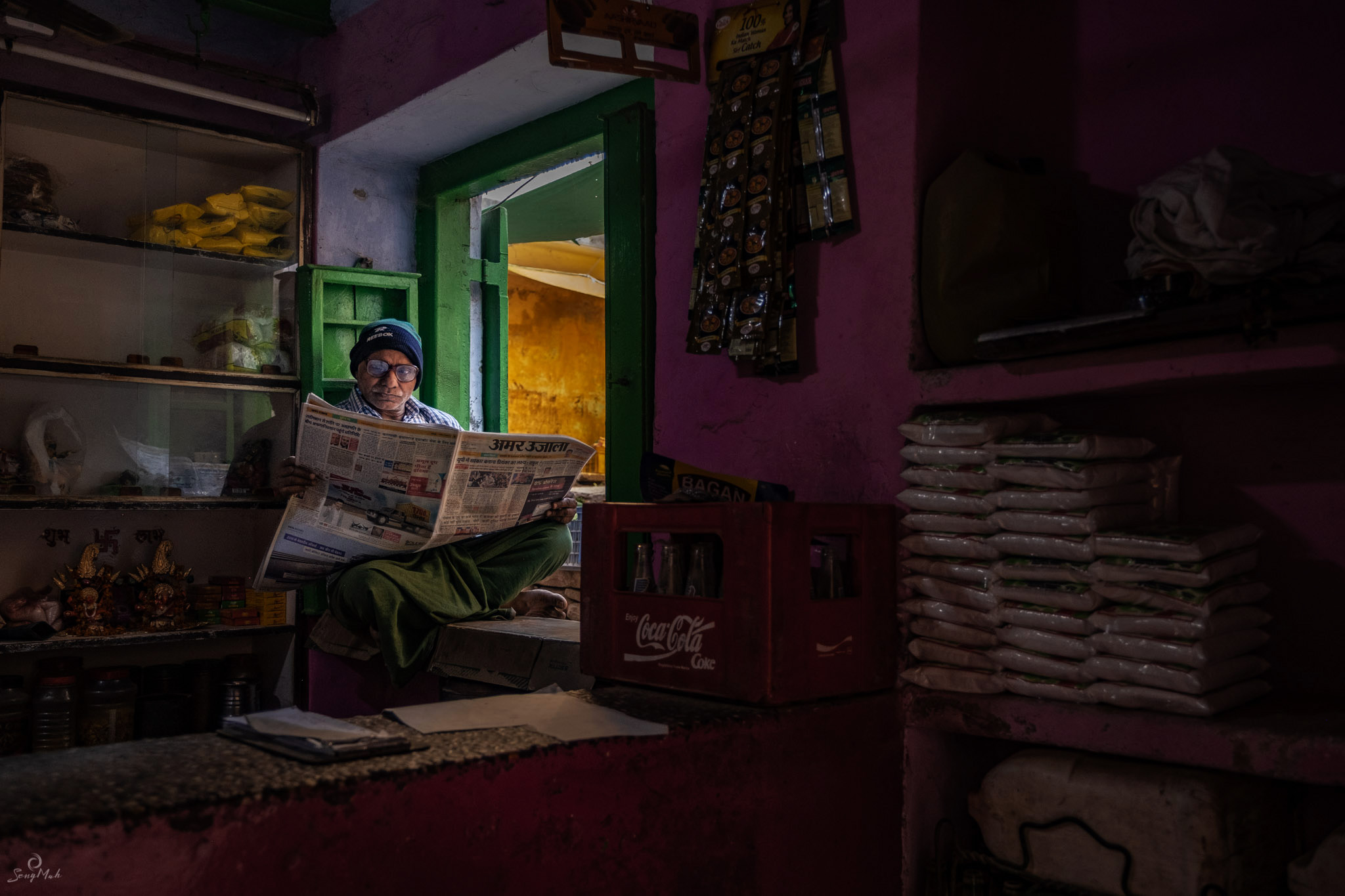
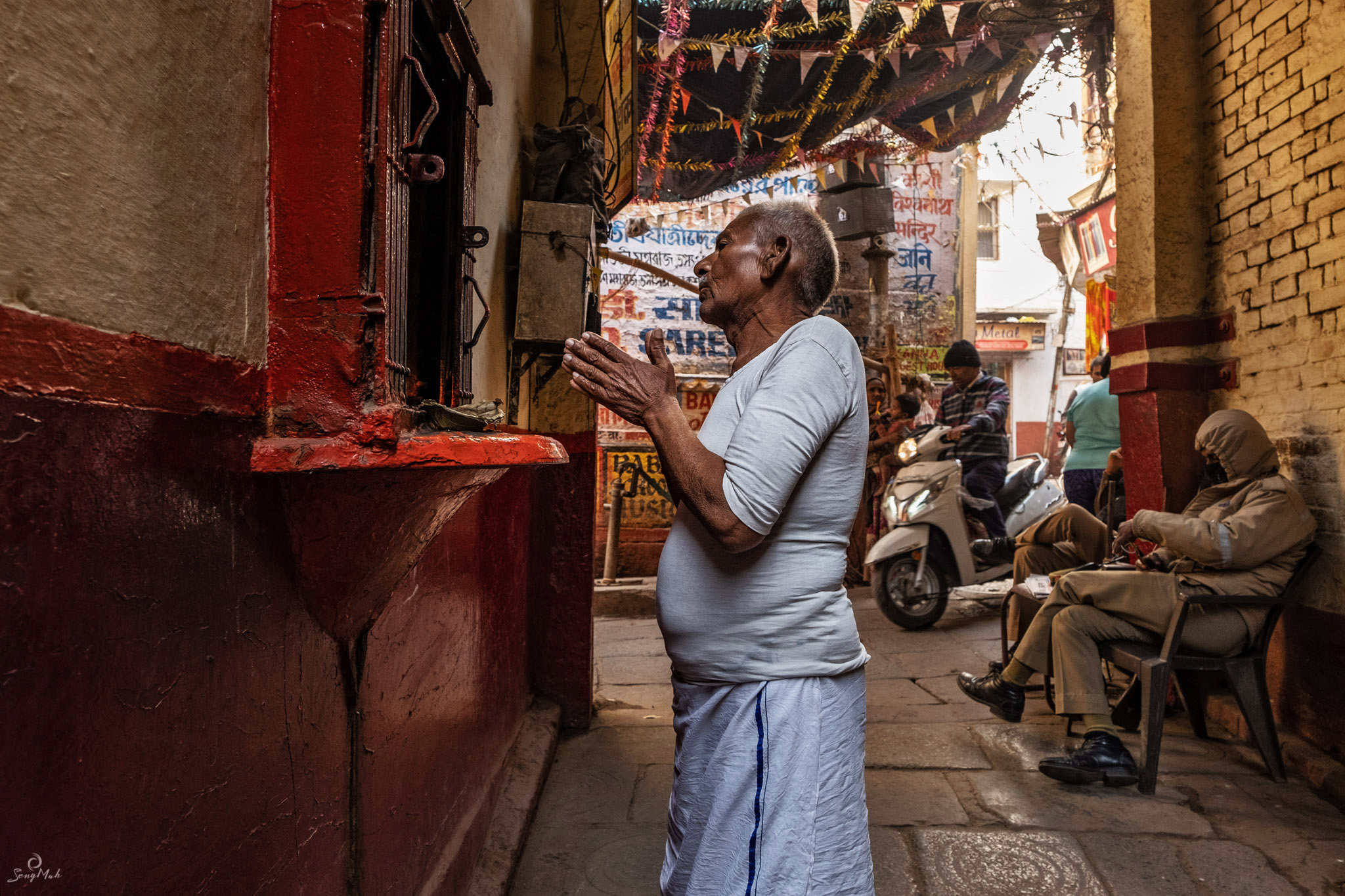
You can’t visit Varanasi without doing two things: the first is to take a dawn boat ride on the Ganges, and the other is to watch the Ganga Aarti, which bookends the day. The boat ride takes you across the placid water of the river, where tiny devotional containers with candles sparkle across the surface of the river. When the sun rises, the golden light wraps around the ancient city and everything looks magical and tranquil.
The Ganga Aarti is a devotional ritual that makes use of fire as an offering to Mother Ganga, the deified personification of the Ganges. It’s performed by pandits (Hindu priests) and is a visual and aural feast. There is a festival feel about the aarti as sadhus congregate offering blessings and vendors sell devotional items that can be offered to the Ganges.
 
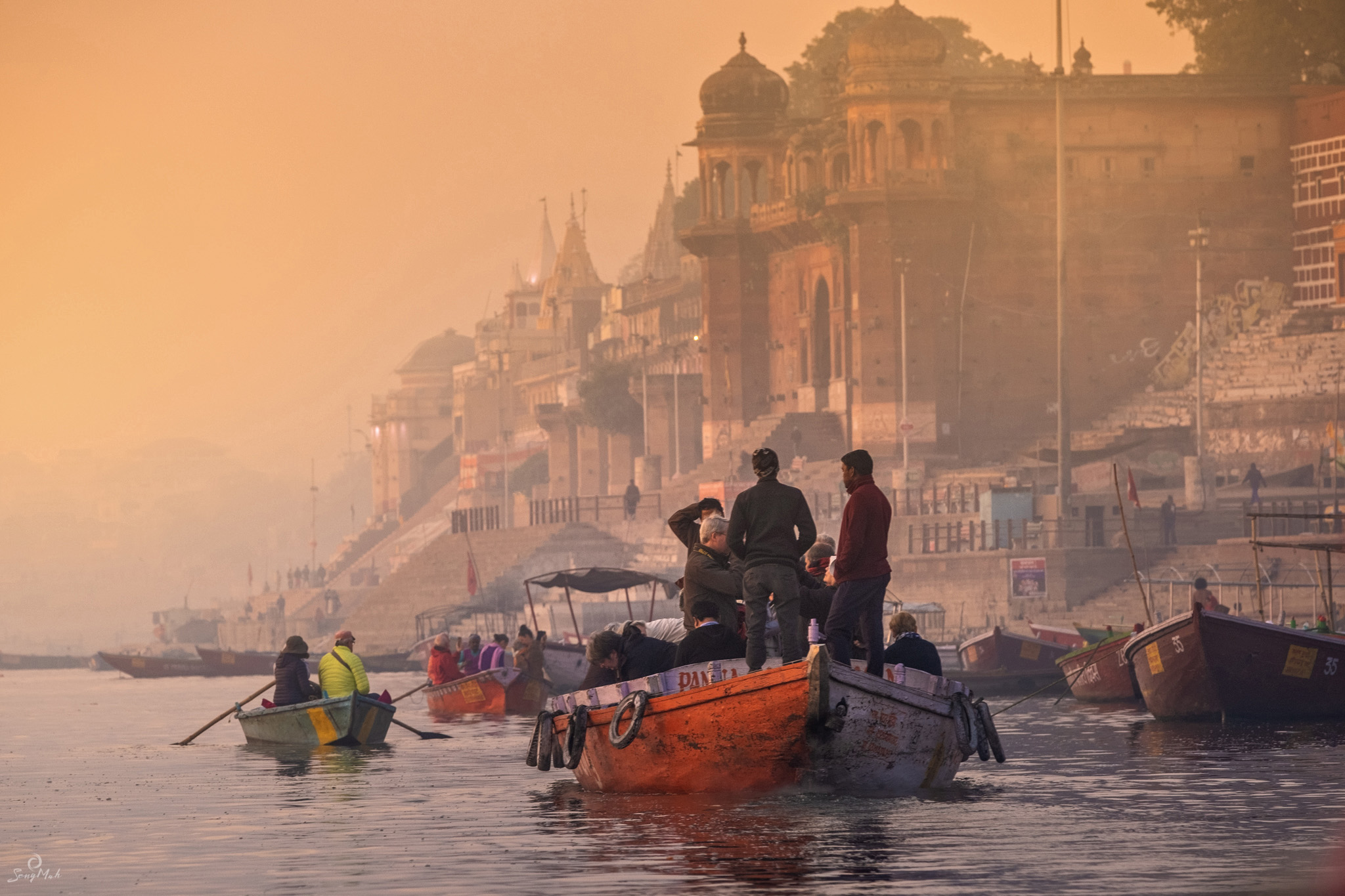
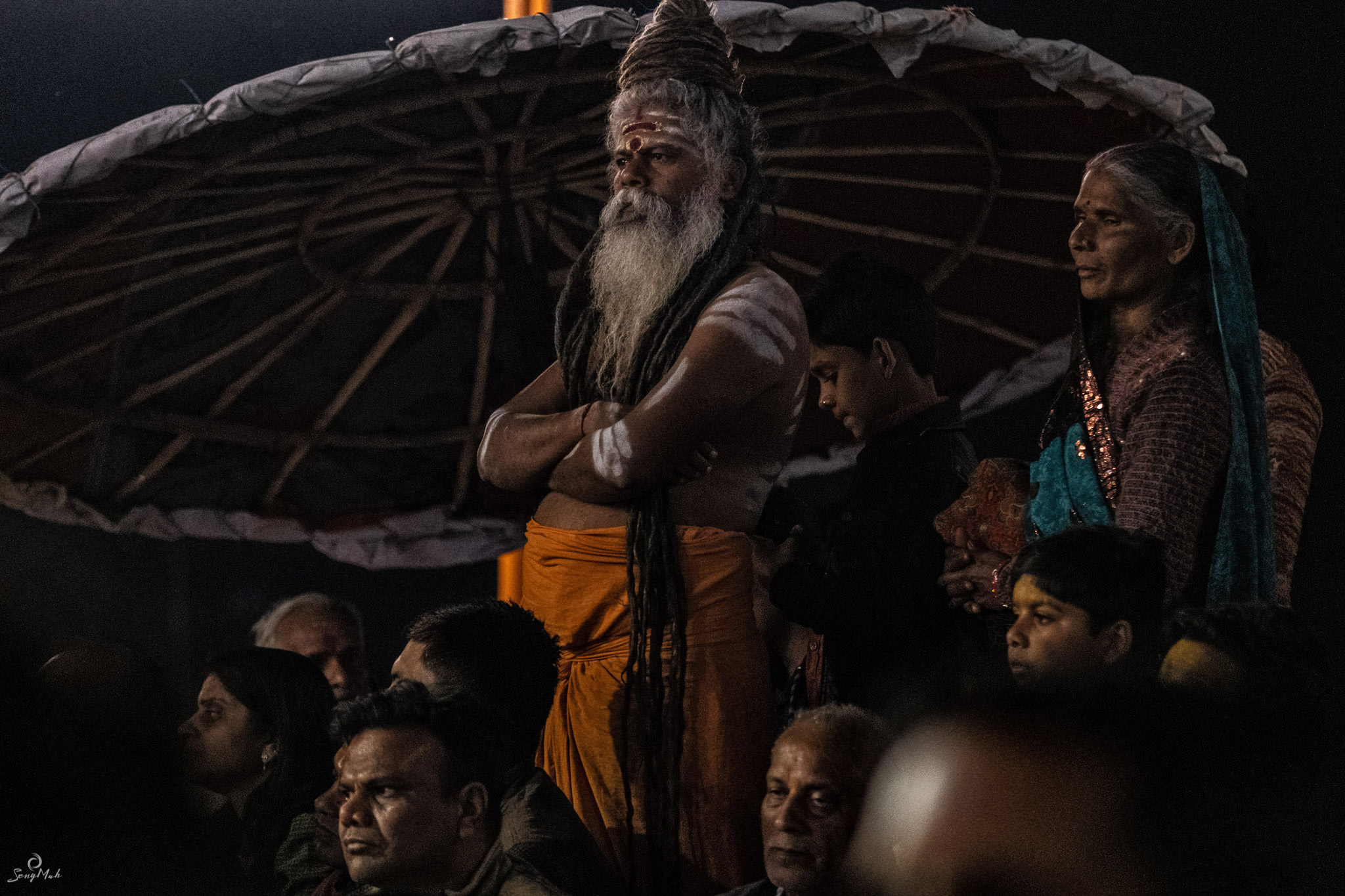
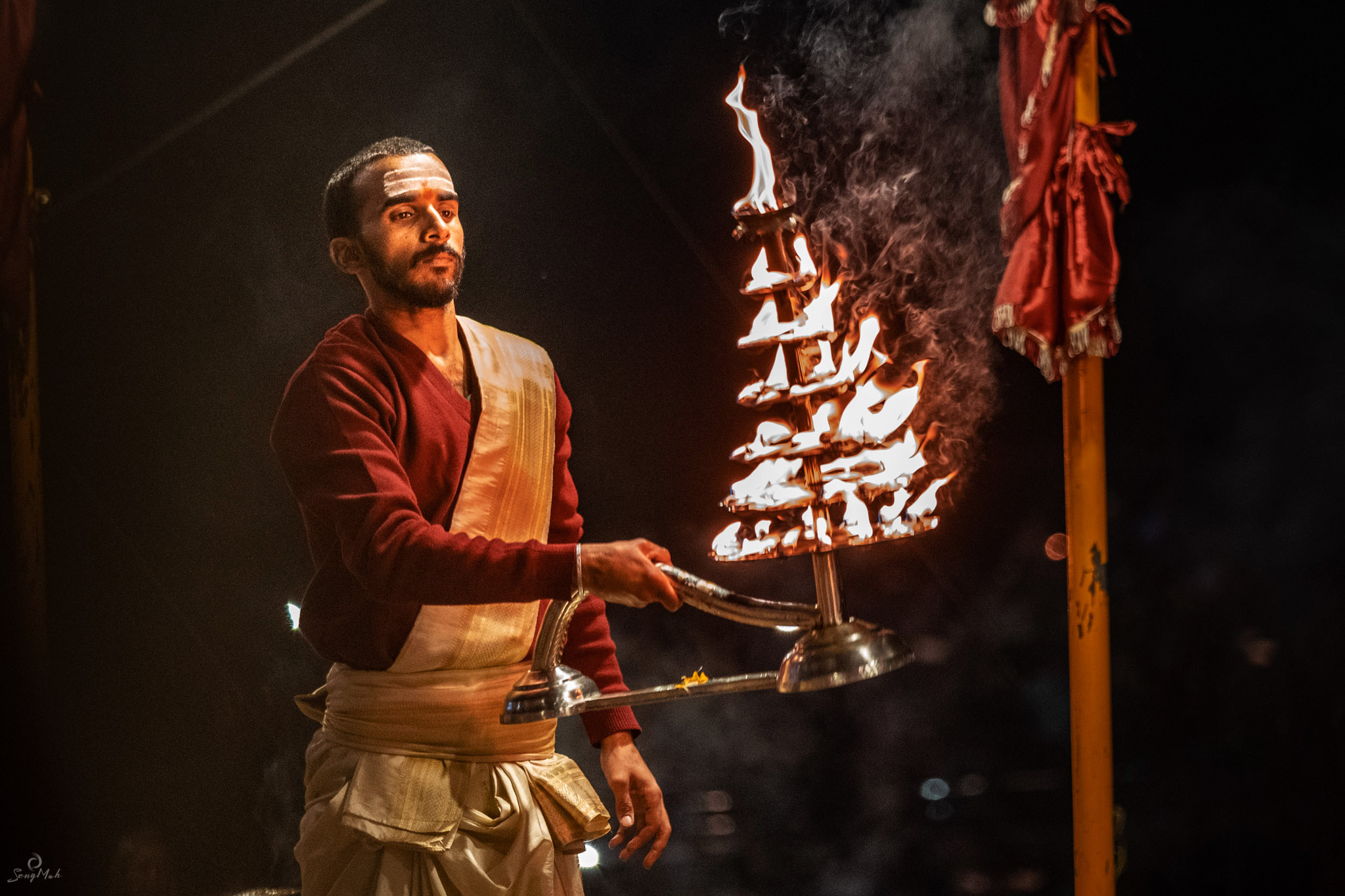
Varanasi is a city that deserves the investment of your time — it is so layered and there are so many aspects to it that rewards the traveller or photographer who spends time with its people.
My travel photography kit
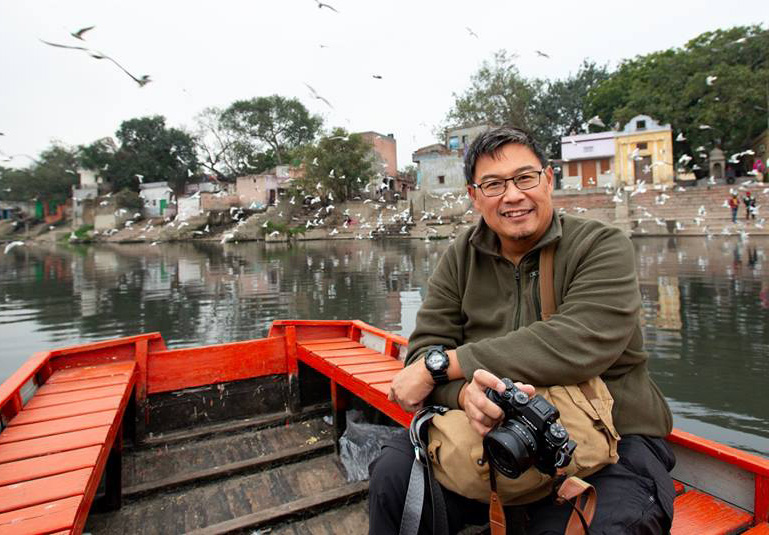
I often get asked what gear I take with me on my travel and photography tours. I like to travel as light as I can and use the Fujifilm X series of mirrorless cameras for photography. I bring two bodies with me – a Fujifilm X-T2 and a Fujifilm X-T3 – along with the 16-50mm f2.8 lens (24-70mm full frame equivalent), 50-140mm f2.8 lens (70-210mm full frame equivalent), a 14mm f2.8 prime (21mm full frame equivalent) and a 35mm f1.4 prime (50mm full frame equivalent), The zoom lenses cover most of the compositions I’m after; the 14mm is for wider angle shots (along with wider angle photojournalistic shots) and the 50mm is a little more rarely used – for portraits. I don’t take a speedlight and, if I’m doing some landscapes or long exposures, will pack a light carbon fibre Induro or Benro tripod with Arca Swiss head. That’s it!
NEXT: The Taj in Agra, and then on to Rajasthan!

No Comments